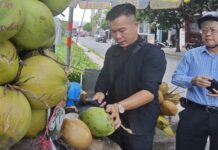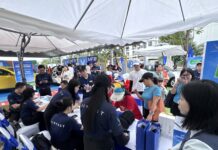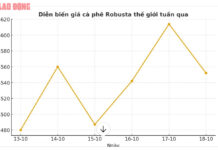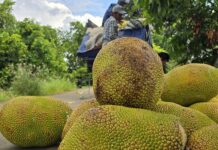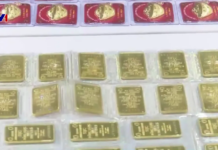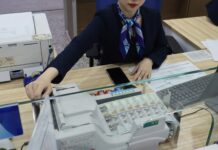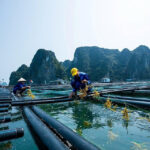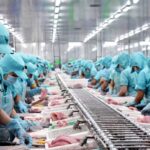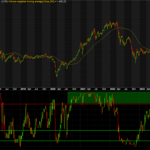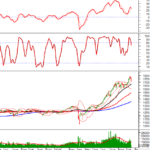Vietnam is the world’s largest producer and exporter of pangasius, accounting for 52% of the global pangasius production and a whopping 90% of its trade. It also ranks second in shrimp exports, contributing 13-14% to the world’s total shrimp export value. This significant presence in the global market brings about intense competition and mounting pressure to maintain its position.
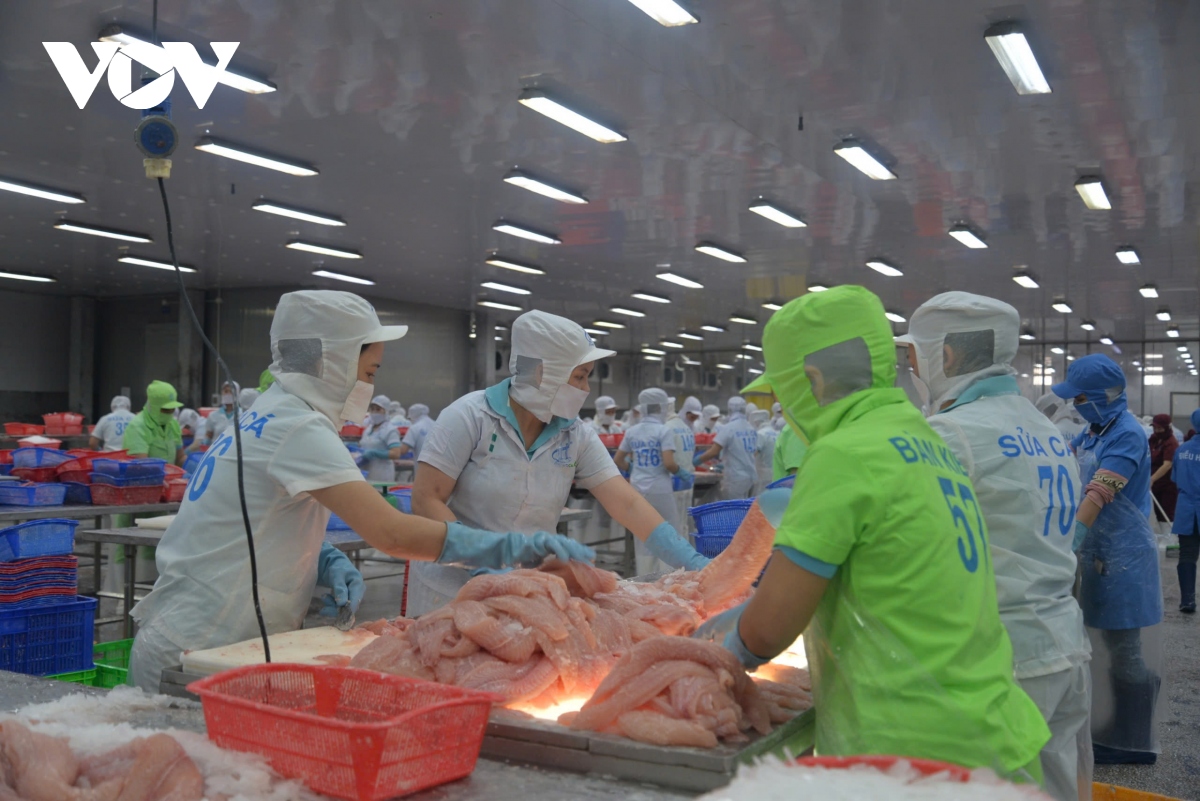
Pangasius exports surpassed 1.2 billion USD in the past eight months
In 2023, Vietnam received an inspection delegation from the United States (FSIS), and this year, it is preparing to host an inspection team from the EU (DG SANTE) in the field of aquaculture, followed by a team from the EC in the field of fisheries.
According to the Directorate of Fisheries, to maintain Vietnam’s position in the global market and facilitate exports while boosting domestic production, it is crucial to focus on preparing for these inspections. The goal is to demonstrate the equivalence of the management system of the competent authority and the capacity of businesses and processing facilities.
Ms. Nguyen Thi Bang Tam, from the Directorate of Fisheries, Ministry of Agriculture and Rural Development, stated that the US and EU markets are demanding and have high standards for residue control of medicines and chemicals, product traceability, and sustainability. In the first six months, Vietnam’s seafood exports to these markets reached 1.27 billion USD, solidifying the reputation and quality of Vietnamese seafood.
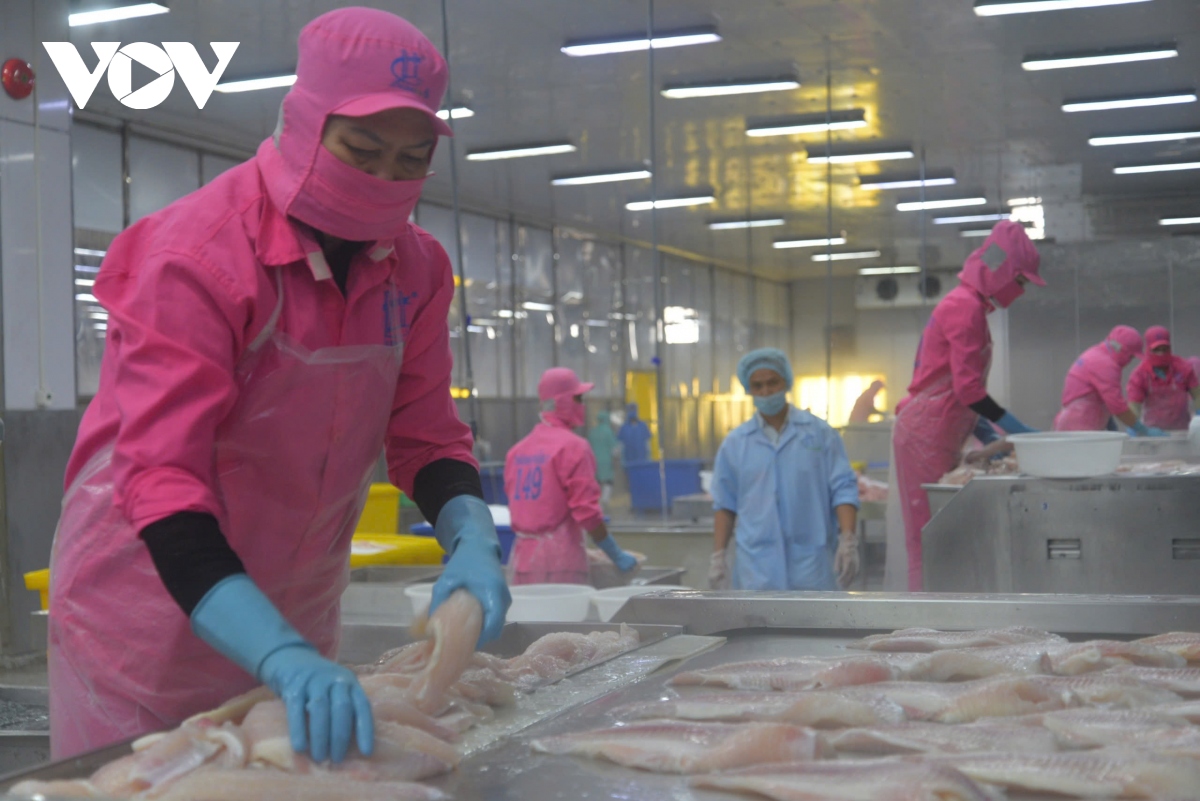
Emphasis on the capacity of businesses and production facilities
According to Ms. Tam, the EU inspection team will be in Vietnam from September 24 to October 17 to evaluate the country’s residue control program for products exported to the EU, specifically focusing on aquaculture and honey.
Simultaneously, they will audit the reliability of ensuring that farmed seafood contains no residues according to EU regulations. Unfavorable results from this inspection could impact other markets as well. Therefore, local authorities must thoroughly understand the food safety regulations in aquaculture, both in Vietnam and importing countries, paying close attention to food safety during the farming process.
“Whether or not there is an inspection, we must do our job well,” said Ms. Tam. “The entire production chain, from farm to table, can be temporarily divided into farming, harvesting, transportation, processing, and consumption stages. In the farming stage, there are two agencies involved in managing different aspects: the Directorate of Fisheries manages water, feed, chemicals, and environmental treatment products, while the Directorate of Veterinary Medicine manages veterinary medicines, antibiotics, and diseases. The Directorate of Fisheries also oversees the farming process, from pond preparation to harvesting, while the Directorate of Quality Management takes charge from transportation to consumption.”
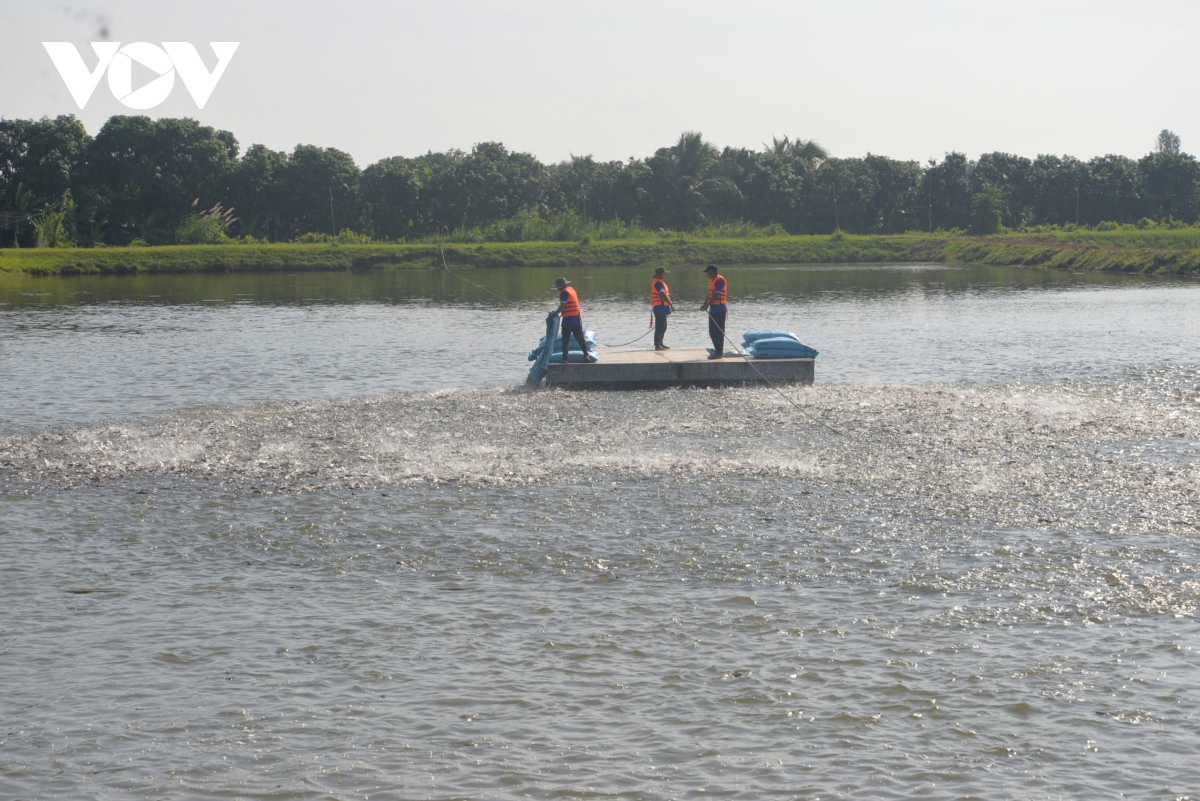
Fish farming region in the Mekong Delta
In the first eight months of this year, Vietnam’s seafood exports reached nearly 6.3 billion USD, a 7.6% increase compared to the same period last year. Shrimp exports exceeded 2.4 billion USD, while pangasius exports reached 1.2 billion USD.
However, forecasts indicate that the seafood industry will continue to face challenges this year, including high input costs, low seafood material prices (even dipping below production costs at times), and rising sea freight rates, making it difficult for the entire chain—from farming to processing and exporting seafood—to achieve the desired profitability.
‘Underwater Treasure Trove’: How Much Money Has This 170-Nation Favorite Brought to Vietnam This Year?
This particular product has ambitious export targets, aiming for a substantial $9.5 – $10 billion in 2024. This represents an impressive increase of 3-5% from the previous year, showcasing a strong and growing demand for this product in international markets.
The Great Seafood Trade: How the US and China are Diving into Vietnam’s Aquatic Delights
The Vietnamese seafood industry is experiencing a boom, with the Vietnam Association of Seafood Exporters and Producers (VASEP) reporting an impressive surge in exports. In July, the industry hit a high note, raking in over $885 million in exports, reflecting a 14% increase compared to the previous year. This marks the highest monthly export turnover since the beginning of the year, fueled by rising demand from key markets like the US, China, and Hong Kong.

